Let's learn the Kanji hieroglyphs! It's easy and fun! part 1 (featuring @ratel as author)
You like to watch anime, drama, or play Japanese games? If your answer is yes, then I hope my teaching tutorial of hieroglyphics will help you in remembering them.
Вы любите смотреть аниме, дорамы, или играть в японские игры? Если ваш ответ да, то надеюсь мое наглядное пособие по иероглифам поможет вам в их запоминании.
To begin with, it should be said that the hieroglyphs will not be considered by categories. And exactly as they appear in JLPT (Japanese-Language Proficiency Test). This will help learners to find, as well as the verification itself.
And although later, when a sufficient amount, I probably would share hieroglyphs on the topics.
Для начала, стоит сказать, что разбирать иероглифы буду вразноброс, не по категориям. А именно так, как они расположены в JLPT (Japanese-Language Proficiency Test). Это поможет изучающим в поиске, а так же проверке себя.
А хотя, потом, когда наберется достаточное количество, я скорее всего разделю иероглифы по темам.
I apologize in advance for the quality of the illustrations. I'm not an artist. In the future, I plan to find an artist.
Заранее извиняюсь за качество иллюстраций. Я не художник. В будущем, планирую найти художника.
My introduction why I began to study the hieroglyphs, how I learn them, can be found here
Мое введение, почему я начал изучать иероглифы, каким образом я их изучаю, можно прочитать тут
The easy way to study kanji hieroglyphs https://steemit.com/languages/@ratel/the-easy-way-to-study-kanji-hieroglyphs
I hope you follow me. I want the readers who have helped tips and thereby improved the material and helped me. Let us together write a book!
Надеюсь вы добавите меня в свои списки. Мне нужны читатели, которые бы помогали советами и тем самым улучшали материал и помогали мне. Давайте вместе писать книгу!
So, let's begin!
For a start it must be said that the kanji hieroglyphs have two sound: the sound of the ON and KUN.
"Together with the characters in the Japanese language, and got their Chinese reading revised taking into account the peculiarities of the Japanese pronunciation. These are called "ON" readings - From the kanji 音 [on] (sound).
For example, in the Chinese character 山 «Mountain" has read "shan". Since the Japanese language has no sounds sh and ng, the read takes the form of orders.
Also, the character has another reading - KUN reading (訓 kun - "explanation"). This reading of the character originally Japanese origin. It is called "explanation" precisely because it is read - "translation" of the character values in Japanese. For example, kun reading kanji 山 «Mountain" will be "yama".
If a character have not ON read, it most likely "kokuji" (Jap. "home character") - That is, the character invented in Japan as a general principle with the Chinese. "(c)
Для начала нужно сказать, что кандзи иероглифы имеют два звучания: ОН звучание , и КУН.
"Вместе с иероглифами в японский язык попали и их китайские чтения, переработанные с учетом особенностей японского произношения. Эти чтения называются онными чтениями или просто «онами» — от иероглифа 音 [он] (звук).
Например, в китайском языке иероглиф 山 «гора», имеет чтение «шань». Так как в японском языке нет звуков ш и нь, то чтение приобретает форму сан.
Также у иероглифа есть еще одно чтение — кунное, или кун (訓 кун — «разъяснение»). Это чтение иероглифа исконно японского происхождения. Оно называется «объяснением» именно потому, что это чтение — «перевод» значения иероглифа на японский язык. Например, кунное чтение иероглифа 山 «гора» будет «яма».
Если у иероглифа нет онного чтения — то это скорее всего кокудзи (яп. «родной знак») — то есть иероглиф, изобретенный в Японии по общему принципу с китайскими. "(с)
The system will be such: Character - [ON / KUN] - translation.
Порядок будет такой: Иероглиф - [ОН / КУН] - перевод.
日 - [NICHI, JITSU / HI] (Sun, Day) (Солнце, День)
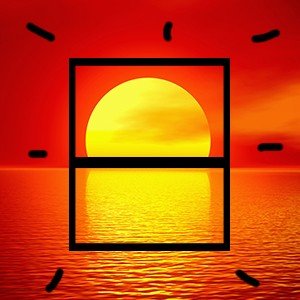 |
 |
Присмотритесь, это похоже на солнце. Раньше, в далекие времена, иероглиф солнце изображался круглым и символизировал солнце, но со временем, Иероглифы видоизменяли, и они стали строгими и угловатыми. Этот иероглиф входит в слово Япония 日本. Страна восходящего солнца.
Numbers: (Числа:)
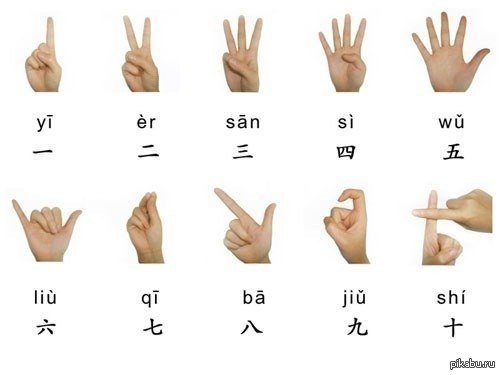
To make it easier to remember, use this table. But it is worth saying that in most cases, the number of are written usual Arabic numerals.
Чтобы проще запомнить, воспользуемся этой таблицей. Но стоит сказать, что в большинстве случаев, числа записываются привычными арабскими цифрами.
一 - (1)
二 - (2)
三 - (3)
四 - (4)
五 - (5)
六 - (6)
七 - (7)
八 - (8)
九 - (9)
十 - (10)
国 - [KOKU / KUNI] (Country) (Страна)
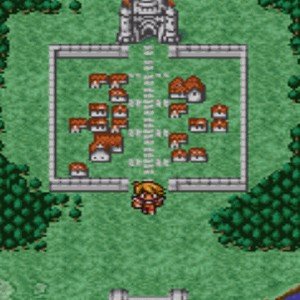 |
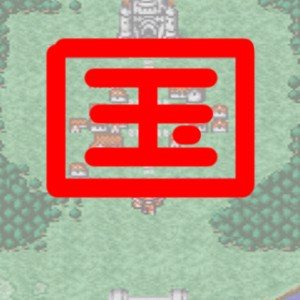 |
Сокровище находящееся внутри границы. Границы страны. Еще, это похоже на кусочек карты с размещенной на ней страной. Либо дорогами и домиком внизу.
会 - [KAI, E / AU, WASERU] (Meeting) (Встреча)
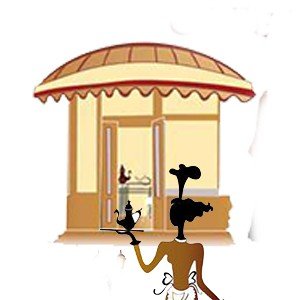 |
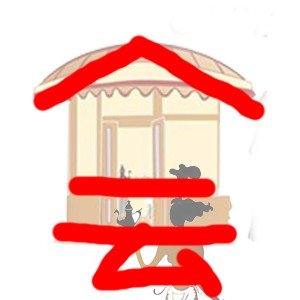 |
Я вижу уютное кафе, под крышей которого находятся столики, и тут встречаются люди. А внизу можно рассмотреть руку официанта с подносом который несет его к столу.
人 - [GIN, NO / HITO] (Man) (Человек)
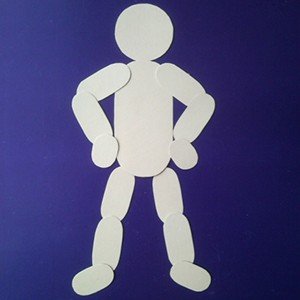 |
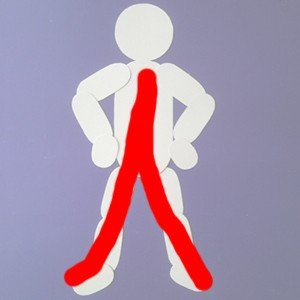 |
Простое примитивное изображение человечка. Ничего сложного.
年 - [NEN, TOSHI] (Year) (Год)
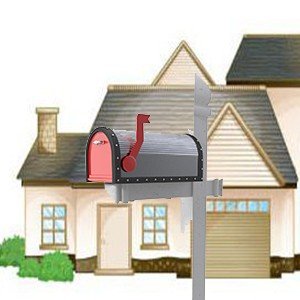 |
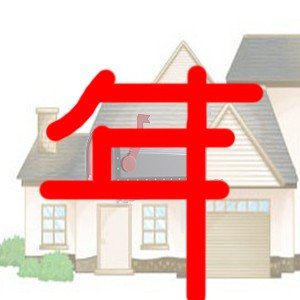 |
На переднем плане почтовый ящик, на заднем плане дом.. Дом, который вы покинули, и вот, спустя год , находясь в отпуске, или на каникулах, вы приехали сюда.
大 - [DAI, TAI / OOKII] (Big) (Большой)
 |
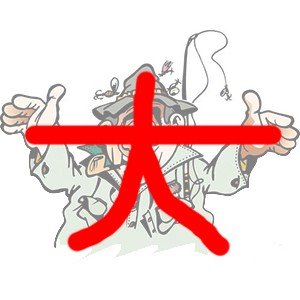 |
Рыбак показывает какую большую рыбу он поймал.
大人 — большой человек, то есть взрослый
本 - [HON / MOTO] (Book, Source) (Книга, Источник)
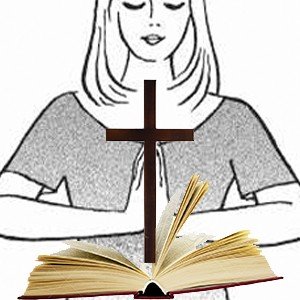 |
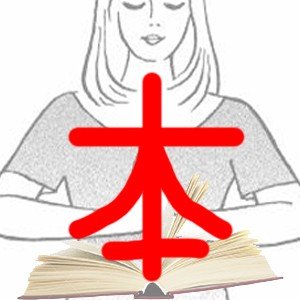 |
Крест посередине,и прижатые друг к другу в молитве ладони, показывают что речь идет о библии, а библия это книга. Кстати, книга - источник знаний
И теперь мы можем понять что означает название Японии 日本 - Источник Солнца. Звучит прекрасно, не так ли?
中 - [CHUU / NAKA] (Inside) (Внутри, Середина)
 |
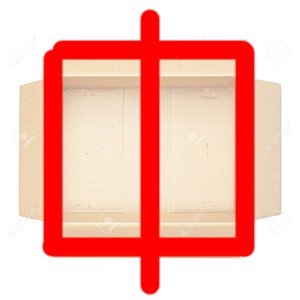 |
Коробку проткнули палкой. Теперь палка внутри коробки. Или, палкой залезли внутрь коробки.
中国 - срединная страна, такой считают ее Китайцы.
長 - [CHOU / NAGA] (Long, Leader) (Длинный, Лидер)
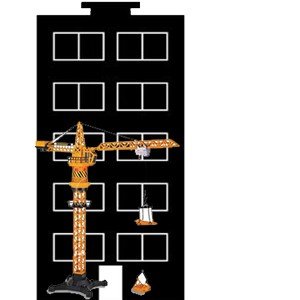 |
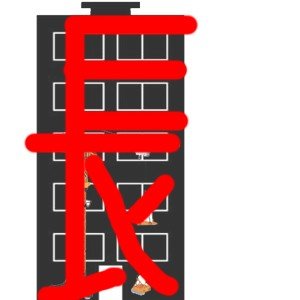 |
Это длинный башенный кран на фоне длинного дома.
出 - [SHUTSU, SUI / DARU, DARU] (Exit) (Выход)
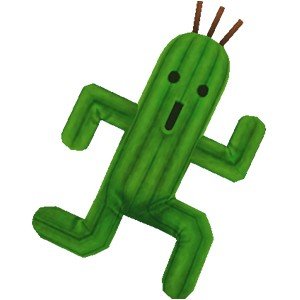 |
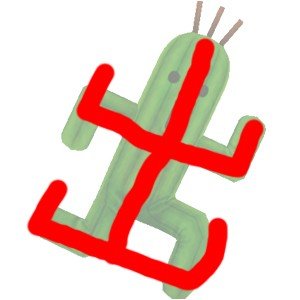 |
Человек,сломя голову бежит к выходу. Видимо, он очень торопится. Может быть на выход 出口.
時 - [JI / TOKI, DOKI] (time, hour) (Время, Час)
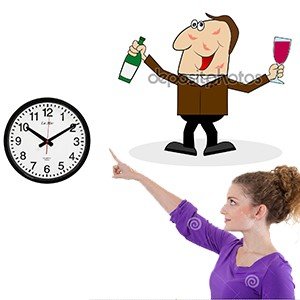 |
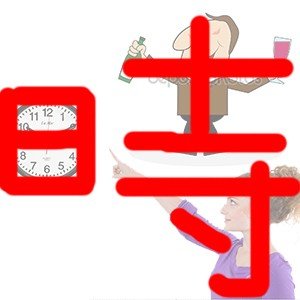 |
Слева мы видим настенные часы, а справа происходит какой-то сюжет. Два человека, верхний стоит радостный с распростертыми объятьями, а нижний указывает на дверь. Напоминает ситуацию, когда пьяный муж возвращается поздно домой, а жена грозно ругает его: "Ты видел сколько сейчас время!?". И указывает ему на часы.
"Сейчас уже "四時"— четыре часа!
行 - [KOU, GYOU / IKU] (Go) (Идти)
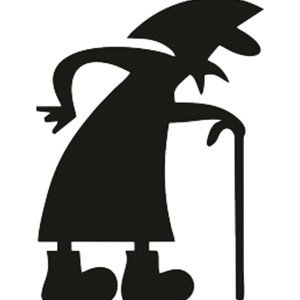 |
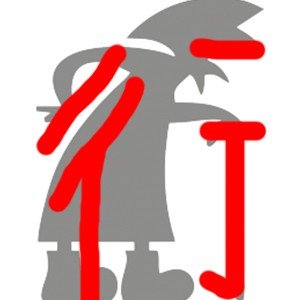 |
Сгорбившаяся старушка с тросточкой и сумкой на спине, идет куда-то.
五行 — пять элементов, пятилинейный.
社 - [SHA / YASHIRO] (firms, companies) (Фирма, Компания)
 |
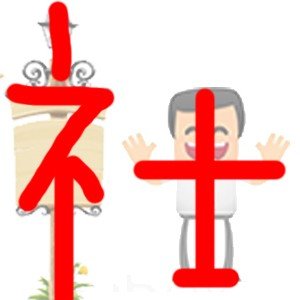 |
Забавная вывеска и человек зазывающий всех внутрь, говорят о том, что тут находится какая-то фирма. Может быть даже эта фирма только что открылась, и вышла на публику, устроила акцию или ярмарку.
社会 — общество; свет, мир; публика.
見 - [KEN / MIRU] (see) (Видеть, Смотреть)
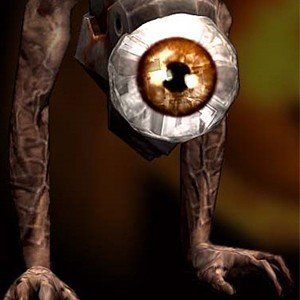 |
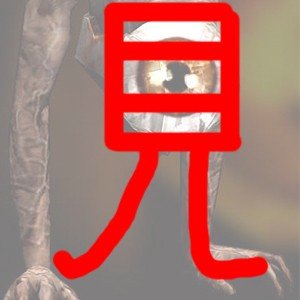 |
Похоже на глаз на ножках. Или... Вырванный глаз. Ужасно.
月 - [GATSU / TSUKI] (Moon Month) (Месяц, Луна)
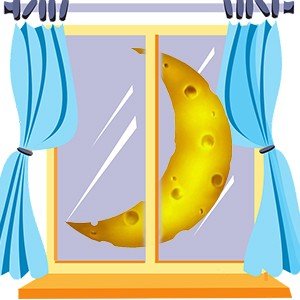 |
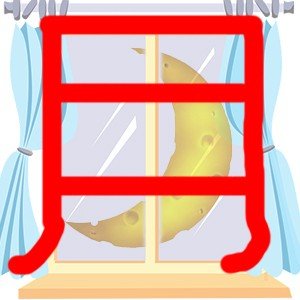 |
Это полумесяц в окне. И означает он и саму луну, и календарный месяц.
四月 — апрель (4-й месяц)
分 - [BUN, FUN / WAKERU, WAKATSU] (part of, understand, Minute) (Часть, Понимать, Минута)
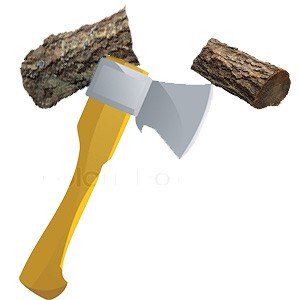 |
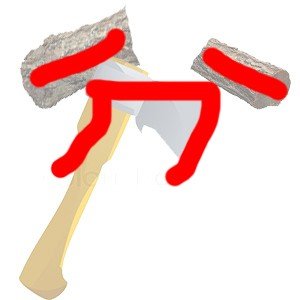 |
Топором разрубили ветку на равные части.
По большей части 大分 — изрядно, весьма
後 - [GO, KOU / NOCHI, USHIRO] (behind, after) (Позади, После)
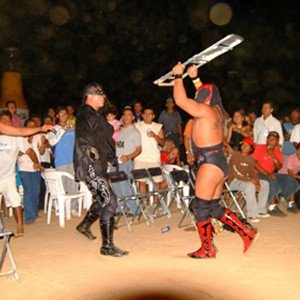 |
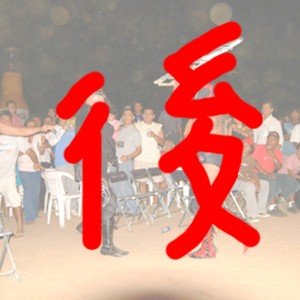 |
Оглянись! Что-то позади тебя! Похоже на бойцов рестлинга. Один из них ликует и общается со зрителями, а в это время сзади подошел боец и поднял стул над головой. Кажется кому-то сейчас будет больно.
後人 — будущее поколение.
It was a pilot 1st edition. Gradually, the quality will improve. Write comments, criticize, advise. I shall be glad your feedback. This content will be better, because I work for you!
Это был пилотный 1й выпуск. Постепенно, качество будет улучшаться. Пишите комментарии, критику, советы. Я буду рад вашим отзывам. Благодаря этому контент будет улучшаться, ведь я работаю для вас!
I was stuck at the 'learning kanji' phase for a very long time, trying brute memorization and other methods. The thing that helped me out was stumbling on the book "Remembering the Kanji" by James Heisig.
He shows a systematic building-block type approach to learning the basic meaning of the 2200 basic use kanji. I can't recommend it enough! It literally only took me a matter of months after I found this book to do what years of study hadn't even done for me!
This Helps Me Understand it better
The illustrations are so helpful
Thank you! I plan to find an illustrator, and then it will be much easier to understand
なぜコメントはありません。
я написала
почему нет комментариев
しらないです。
great post @gavvet :)
actually its @ratel please follow @ratel
Thanks for teaching us how to learn Kanji hieroglyphs, it's not easy as you say. may be if you have instructor it will be easy to learn. nice post.
thanks!
Hi, nice article - I learn Chinese so it's also useful for me :)
I've written recently an article about my favorite free tool for learning vocabulary which is Anki:
https://steemit.com/languages/@pawel-krawczyk/learning-languages-free-tools-anki-flashcards-synchronized-with-multiple-devices
Do you know it? I will wrote more about it soon :)